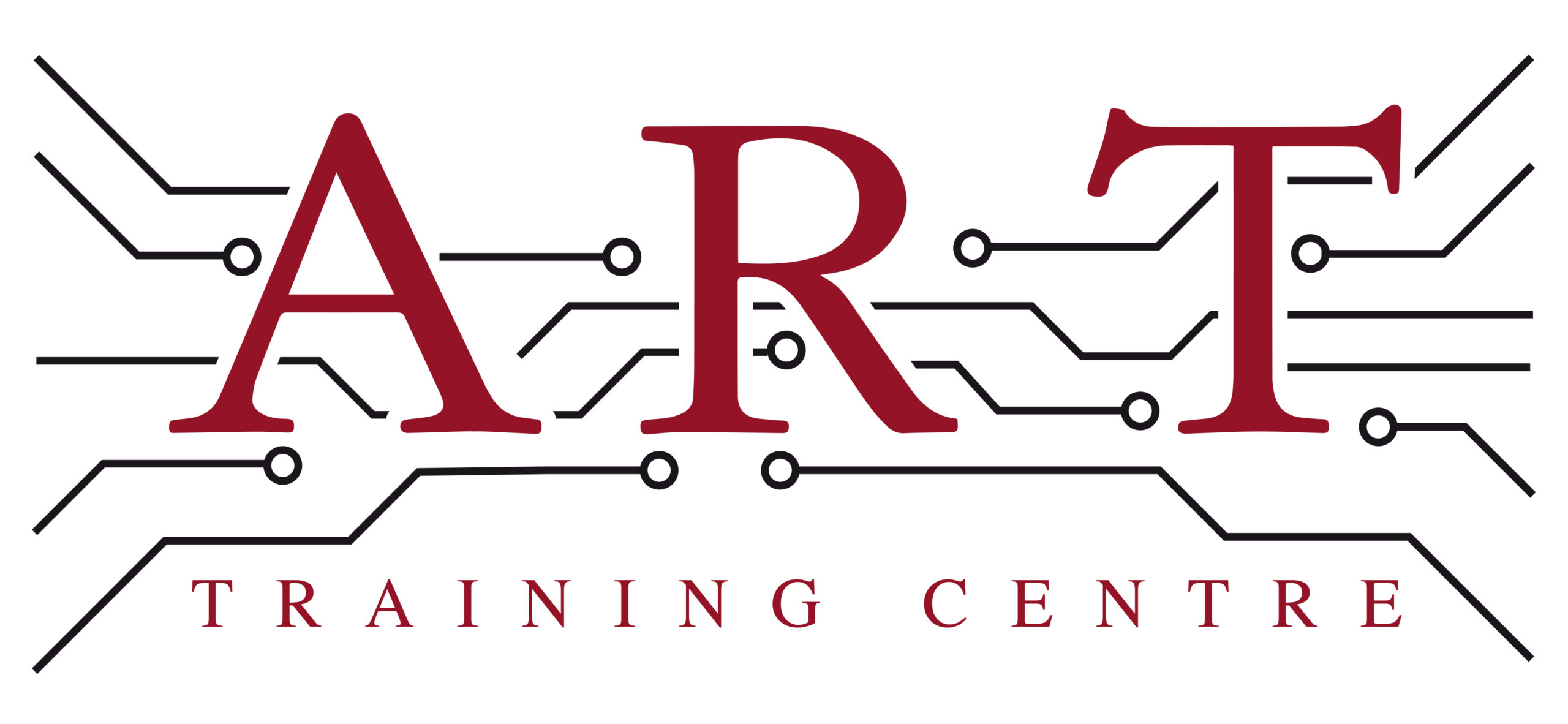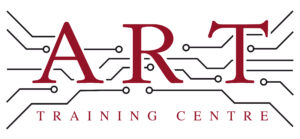Definition
Crimp is a process used in electronics manufacturing to join two pieces of metal, typically a wire and a connector, by deforming one or both to create a secure electrical connection. This method is often preferred over soldering for its reliability and ease of use. Crimping is essential for ensuring good electrical conductivity and mechanical strength in various applications.
How It’s Used in the Industry
In electronics assembly, crimping is performed by inserting a wire into a connector and applying a crimping tool to deform the connector around the wire. This process is crucial for creating reliable connections in printed circuit boards (PCBs) and wiring harnesses. Technicians begin by selecting the appropriate connector and wire gauge, then prepare the wire by stripping insulation. The crimping tool is then used to secure the wire to the connector. For both trainees and experienced professionals, mastering crimping techniques is vital for ensuring high-quality assemblies and preventing connection failures.
History & Origins
Crimping became common in electronics manufacturing during the mid-20th century, coinciding with the rise of mass production techniques. Early adopters recognised its efficiency in creating strong, reliable connections without the need for heat, which can damage sensitive components. The development of standards, such as those from IPC, helped formalise crimping practices, ensuring consistency and quality across the industry. As technology evolved, crimping methods were refined, making them integral to modern electronics assembly.
Variations
There are several variations of crimping, including insulated and non-insulated crimp connectors, as well as different crimping techniques like open-barrel and closed-barrel crimping. Insulated crimp connectors provide additional protection against short circuits, while open-barrel crimping allows for a more compact design. Each type serves specific applications, and understanding these differences is crucial for technicians to ensure the right choice for their projects, enhancing reliability and performance.
Modern Applications
Today, crimping is widely used in electronics production, especially in the assembly of surface mount and through-hole components. Its relevance extends to advanced assembly processes, where reliable connections are crucial for device performance. Crimping is essential for maintaining quality and compliance with IPC standards, ensuring that products meet industry requirements for durability and reliability. As technology advances, the importance of crimping in modern electronics continues to grow.
Practical Tips & Training
When working with crimping, it’s important to use the correct tools for the job, such as a high-quality crimping tool and appropriate connectors. Inspect crimped connections visually and, if possible, use a pull test to ensure they are secure. Safety is paramount; always wear protective eyewear when using tools. Structured training and certification in crimping techniques are valuable for both novices and experienced professionals, as they enhance skills and ensure adherence to industry standards.


